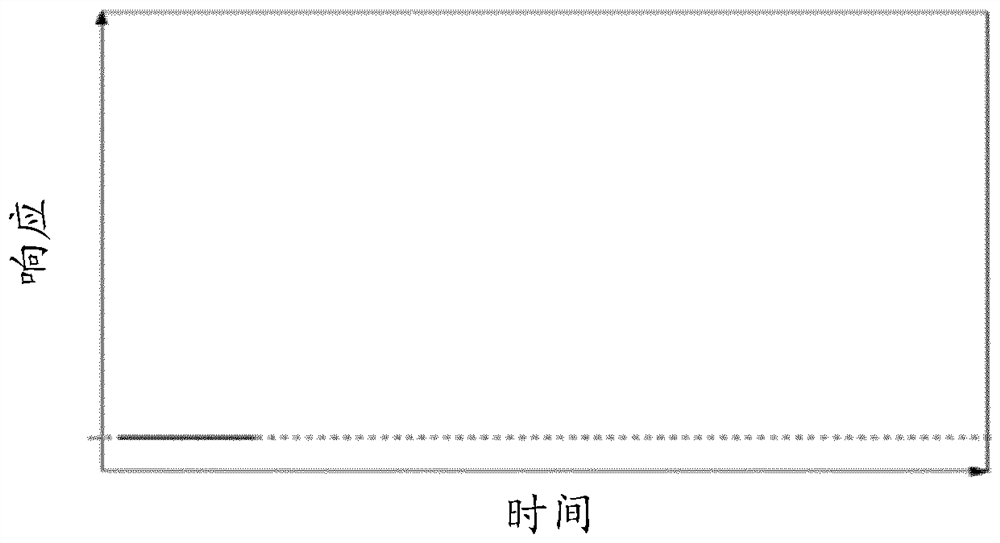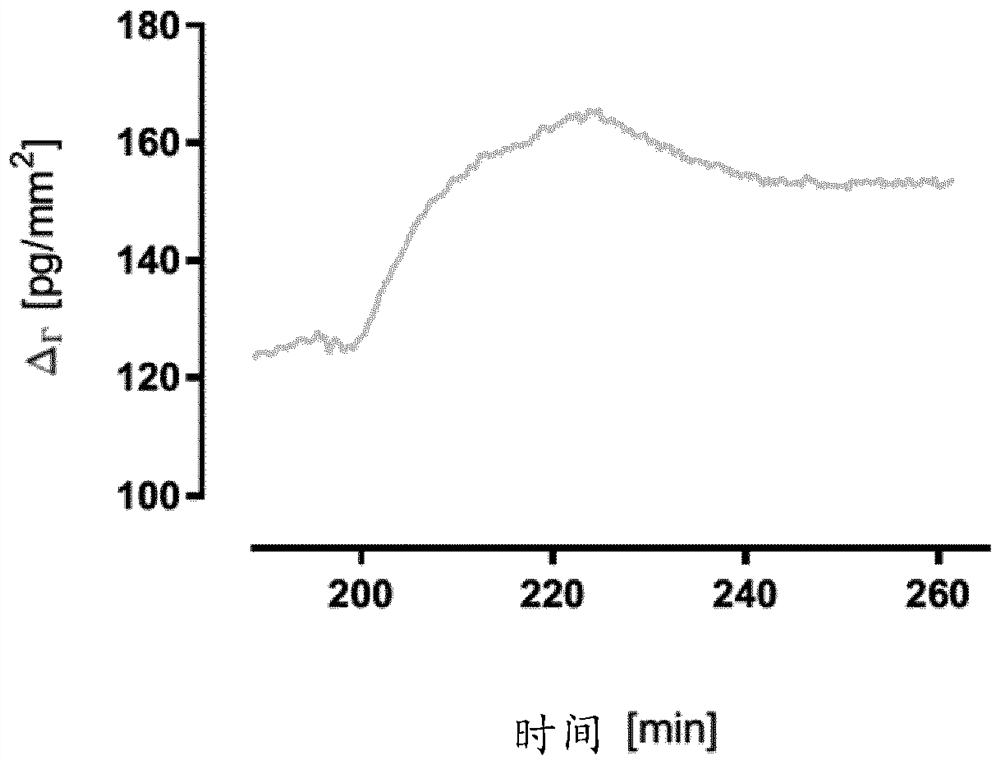Biomolecule detection device
A technology for detection devices and biomolecules, used in measurement devices, analytical materials, material excitation analysis, etc., can solve problems such as affecting the chemical, biological, pharmacological and physical properties of compounds of interest, expensive target samples, and distorted results.
- Summary
- Abstract
- Description
- Claims
- Application Information
AI Technical Summary
Problems solved by technology
Method used
Image
Examples
Embodiment Construction
[0150] figure 1 A biomolecule detection device 1 according to an embodiment of the present invention is shown. The biomolecule detection device 1 comprises an evanescent illuminator comprising, in this embodiment, a carrier 2 having a surface on which a planar waveguide 3 is arranged. The detection device also includes an optical coupler 4 for coupling coherent light L of a predetermined wavelength into the planar waveguide 3 so that the coherent light propagates through the planar waveguide, wherein the evanescent field of the coherent light propagates along the first surface of the planar waveguide 3 . The first surface of the planar waveguide is the surface facing away from the carrier 2, i.e. at figure 1 visible surface. In addition to the optical coupler 4, the first surface of the waveguide 3 also includes a template nanopattern 5 comprising a plurality of predetermined lines along which the film recognition elements are arranged ( figure 1 not shown). Typically, a ...
PUM
| Property | Measurement | Unit |
|---|---|---|
| thickness | aaaaa | aaaaa |
| diameter | aaaaa | aaaaa |
Abstract
Description
Claims
Application Information
 Login to View More
Login to View More - R&D
- Intellectual Property
- Life Sciences
- Materials
- Tech Scout
- Unparalleled Data Quality
- Higher Quality Content
- 60% Fewer Hallucinations
Browse by: Latest US Patents, China's latest patents, Technical Efficacy Thesaurus, Application Domain, Technology Topic, Popular Technical Reports.
© 2025 PatSnap. All rights reserved.Legal|Privacy policy|Modern Slavery Act Transparency Statement|Sitemap|About US| Contact US: help@patsnap.com



